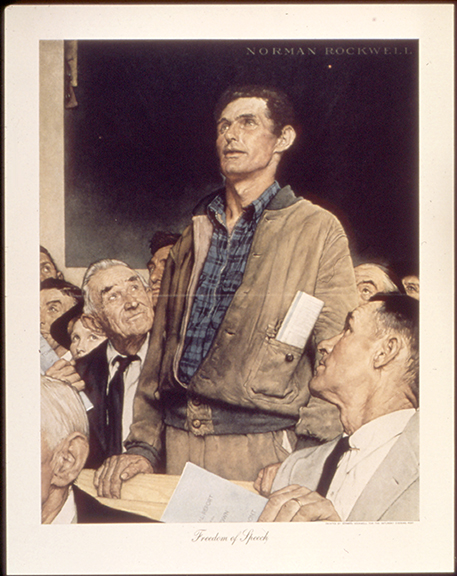It’s no secret that a Norfolk, Virginia high school building is deteriorating. School district officials have taken state legislators on tours to show how much they need to fund repairs. They point out problems like the collapsed auditorium ceiling and a sagging classroom floor, along with peeling paint and ancient bathroom fixtures.
So it didn’t seem like such a taboo subject when a creative group of the school’s students shot a video that described the building’s condition in May, 2019. But apparently it was. Administrators took the video off the web without explanation a week later.
This is the state of censorship for young people in Thomas Jefferson’s Virginia. A fact so obvious it can be seen from the street can’t be discussed in their own student media.
This type of censorship is exactly what the First Amendment prevents for adults, but these rights do not necessarily apply to high school students, according to the 1988 US Supreme Court decision in Hazelwood School District v. Kuhlmeier.
Eleven states have created exceptions for high school students under the Tinker v Des Moines standard which is more protective of freedom of speech and press.
Virginia delegate Chris Hurst, a former broadcast journalist has argued that this kind of censorship is “beyond the pale” and introduced state legislation in 2019 that would have recognized the First Amendment rights of student journalists. The legislation was reintroduced in 2020, and it should get better treatment than it did in 2020, when it was not voted out of committee and was opposed by high school administrators. In committee testimony in 2019, one high school administrator wondered just where this crazy idea of freedom of speech would stop, and envisioned schools being forced to publish sex manuals for first graders. That’s a pretty wild exaggeration, but it shows just how little school administrators understand one of the most important issues in public life today.


